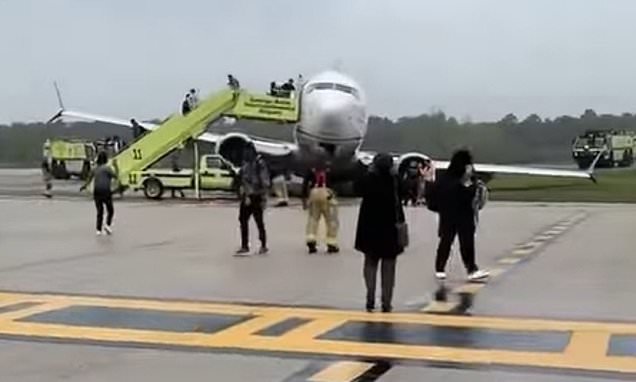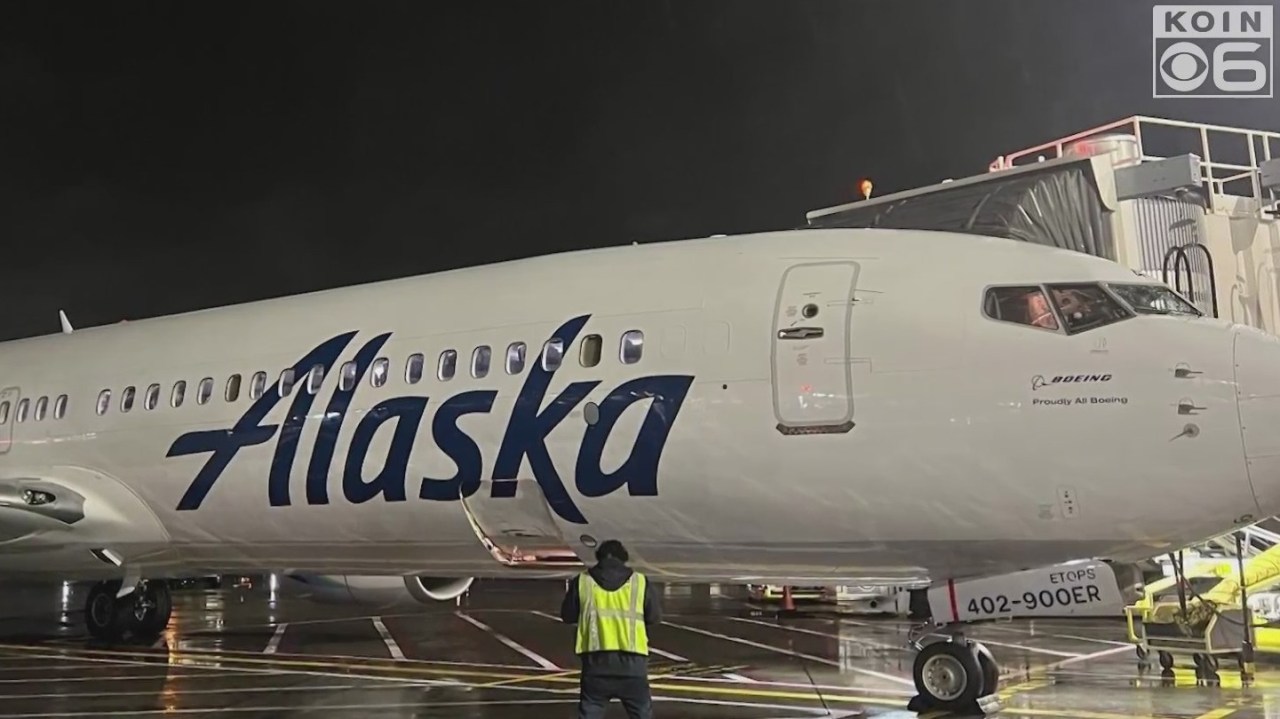Lindberg
Final Approach

United Boeing 737 Max suffers landing gear failure at Houston airport
The 160 passengers and six crew were not injured in the incident, which left the 737 MAX 8 jet laying by the side of the runway on its wings while passengers were evacuated.


